Humidity in beach houses can be a problem, but fortunately there are solutions such as dehumidifying the air, to prevent the problem.
Solving the problem of humidity in a house by the sea
The houses of the sea are often subject to problems of humiditybut there are several solutions to counteract this phenomenon: improving ventilation and using dehumidifiers are excellent first steps to reduce excess humidity.
AND important also thermally insulate the house and waterproof it, preventing water infiltration and rising damp.
Use paints Humidity-reducing and durable building materials can help protect surfaces, while houseplants help balance indoor humidity.
Humidity in beach houses can cause many problems – Photo ChatGpt4o
A maintenance regular, together with the adoption of technologies for remote humidity control, guarantees a healthier and more protected environment.
Targeted interventions such as the waterproofing and crack sealing help prevent structural damage and mold growth, keeping your home cozy all year round.
Causes of Humidity in a Beach House
Humidity in a beach house can have different origins: water infiltration due to proximity to the coast, internal condensation caused by temperature variations and poor ventilation, and problems with capillary rising damp from the foundations.
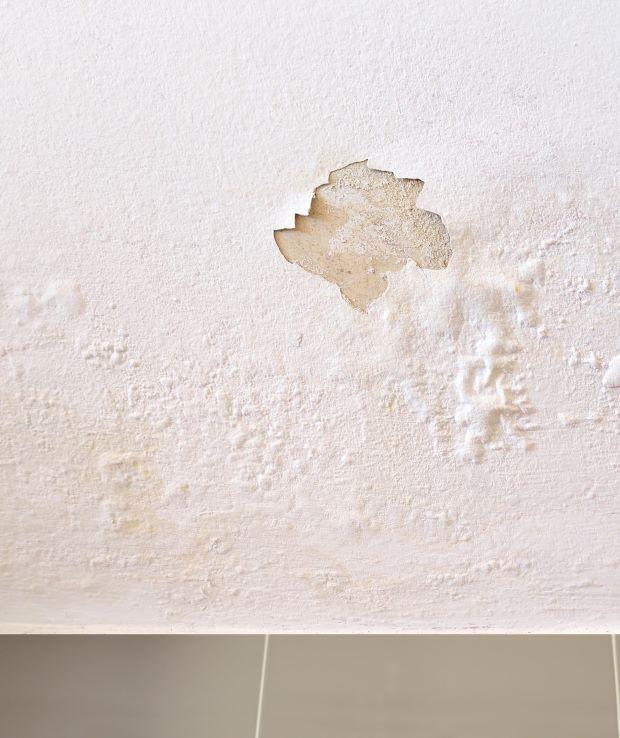 Plaster damaged by humidity – Getty Images
Plaster damaged by humidity – Getty Images
Understanding the cause main is essential to adopt the right strategy. Marine climate conditions, with salty winds, can exacerbate these problems, making specific solutions necessary to preserve buildings.
Improve ventilation to reduce humidity
A adequate ventilation is the first step to reducing humidity. Opening windows and doors during the hottest hours of the day allows cool, dry air to circulate, reducing condensation.
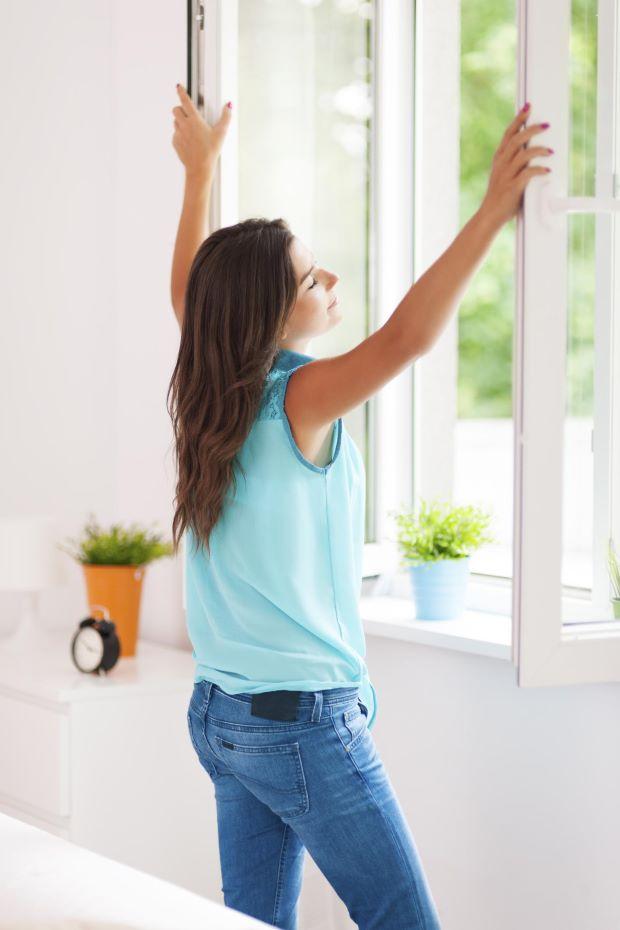 Ventilating your home at the right times is essential – Getty Images
Ventilating your home at the right times is essential – Getty Images
The installation of fans in bathrooms and kitchens, two areas particularly subject to humidity, helps eliminate excess humidity. For homes used only seasonally, installing systems mechanical ventilation It can be a permanent and effective solution.
Dehumidifiers at home to prevent bacteria formation
Install dehumidifiers in closed or poorly ventilated rooms, such as cellars or closets, it prevents the formation of mold and the proliferation of mites and bacteria.
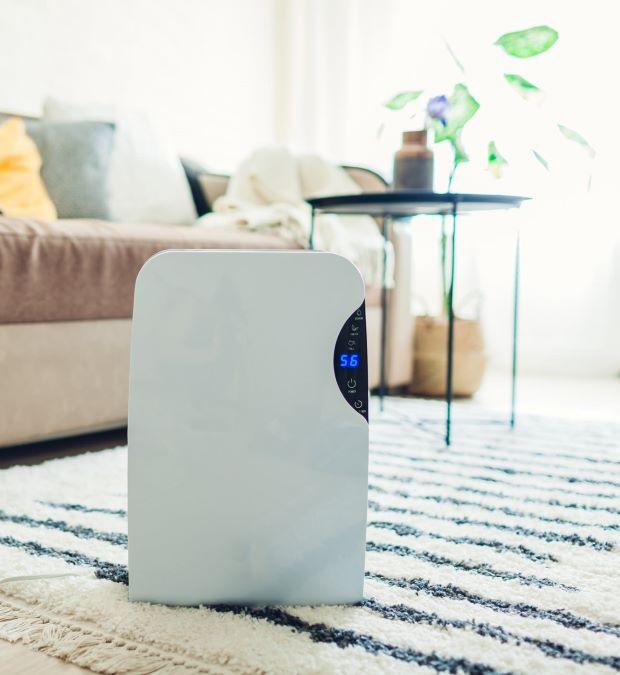 A dehumidifier can make all the difference – Getty Images
A dehumidifier can make all the difference – Getty Images
I dehumidifiers They are essential tools for those who live in humid environments, and there are different types, from those portable to those centralized.
For seaside homes, it is ideal to use a dehumidifier with a good absorption capacity and an automatic drainage system.
How to Prevent Leaks in Your Beach House
Per prevent infiltrations and capillary rise, thermal insulation and waterproofing are essential. Insulation of external walls reduces heat exchange and helps prevent internal condensation.
Even the roof and the flooring must be treated with suitable insulation materials. Good insulation allows the house to be kept cooler in summer and drier, eliminating one of the main causes of humidity.
Anti-humidity paints to prevent mold
The paints Waterproof and breathable are useful for preventing mold from forming on walls. These products create a protective barrier against humidity, while still allowing the walls to “breathe”.
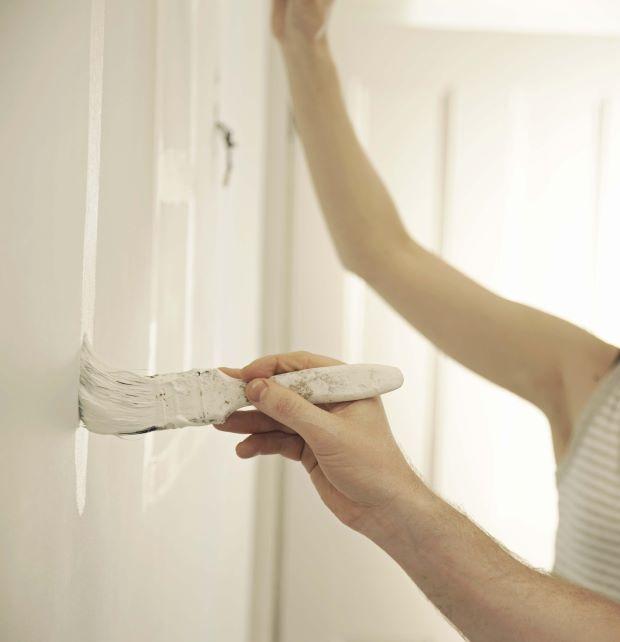 The use of special paints is highly recommended. Photo by Getty Images
The use of special paints is highly recommended. Photo by Getty Images
There are also some on the market anti-mold additives to be mixed with normal paint to obtain a protective effect.
Painting interior walls with suitable paints improves the aesthetics and healthiness of the home environment, especially in rooms such as the bathroom or kitchen.
Check for water leaks for proper maintenance
One of the main causes of humidity in beach houses is water infiltration from the walls or the roof.
Check periodically the structure of the house, checking for cracks or weak points where water can penetrate, is essential. Specific sealants can be used to repair any cracks or crevices, while roofs can be treated with waterproofing membranes.
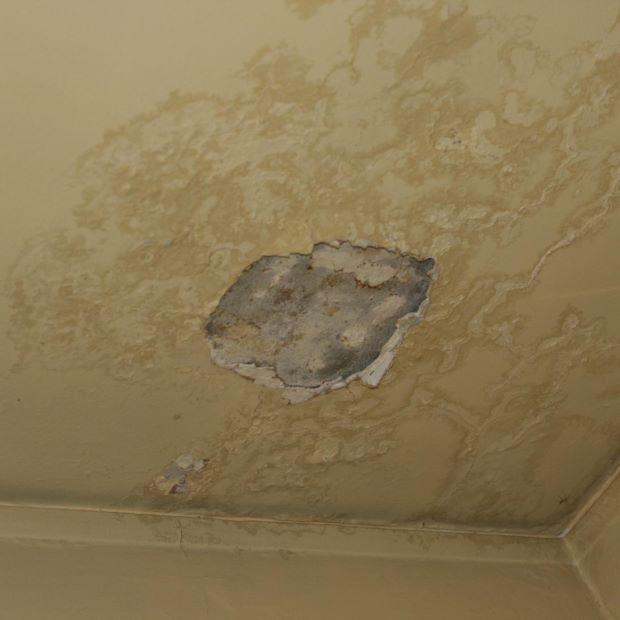 Ceiling Leak Damage – Getty Images
Ceiling Leak Damage – Getty Images
Another common problem in houses near the sea is rising dampcaused by water present in the soil which climbs through the walls by capillarity. This phenomenon can be solved by installing damp barriers or using dehumidifying plasters.
It is advisable to carry out regular checks before and after the cold season to prevent further damage, ensuring that the structure of the house is adequately protected from both these problems.
Suitable building materials for a beach house
Beach houses should be built or renovated using materials moisture resistantsuch as concrete, solid bricks and natural stones, which combined with Waterproofing treatmentsare ideal for reducing moisture absorption.
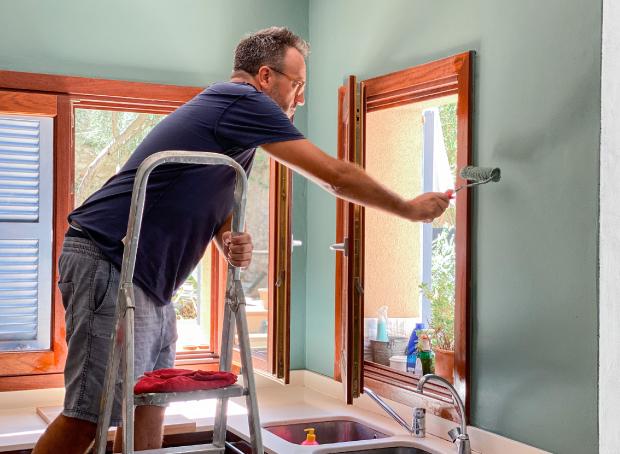 Suitable materials for thermally insulating a beach house – Getty Images photo
Suitable materials for thermally insulating a beach house – Getty Images photo
The use of external resin or composite coatings can also further protect the structure from the elements. It is always advisable to choose specific solutions for coastal environments.
Using plants to reduce humidity
The houseplants they can help to reduce humidity, especially in rooms most subject to air stagnation, such as the paralysis of Boston or the ficusare particularly effective at absorbing moisture from the air.
 Ferns are useful against environmental humidity – Photo Pixabay
Ferns are useful against environmental humidity – Photo Pixabay
Place these plants in strategic corners of the beach house not only improves the air quality, but also contributes to a more balanced microclimate. However, it is important not to overdo it, as too many plants could release humidity through transpiration.
Proper maintenance of the beach house
A house by the sea requires a regular maintenance To prevent accumulated humidity from causing permanent damage: it is important to periodically inspect the entire building, checking the condition of the walls, roof and windows.
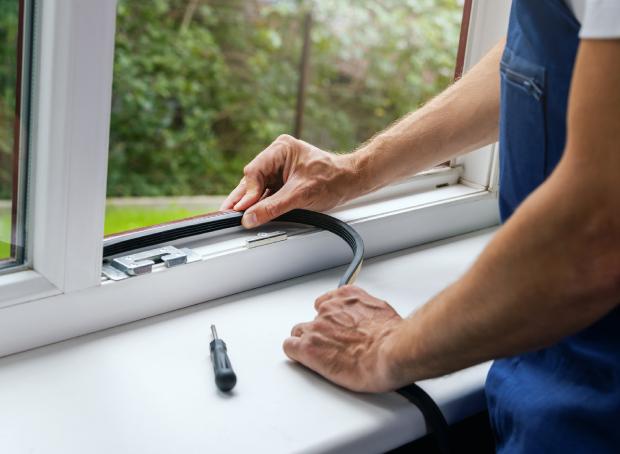 Checking the frames for correct thermal insulation – photo Getty Images
Checking the frames for correct thermal insulation – photo Getty Images
Cleaning gutters and downspouts is also essential to prevent standing water from entering the structure.
A regular maintenance plan prevents more serious and costly problems from arising.
Technological solutions: home automation and remote control
Systems of home automation They allow you to remotely monitor humidity levels in your home and activate dehumidifiers or ventilation systems automatically.
 Checking on your beach house remotely can make a difference – Getty Images
Checking on your beach house remotely can make a difference – Getty Images
These systems are particularly useful for those who own a beach house that is not inhabited all year round, allowing you to maintain a healthy environment even from a distance.
Source: www.lavorincasa.it


